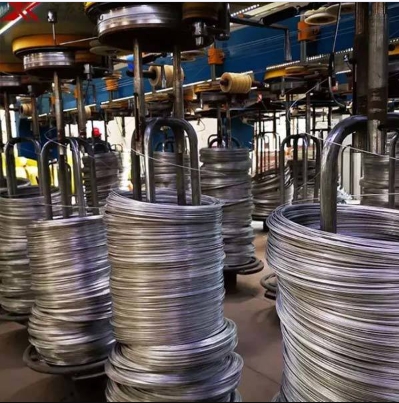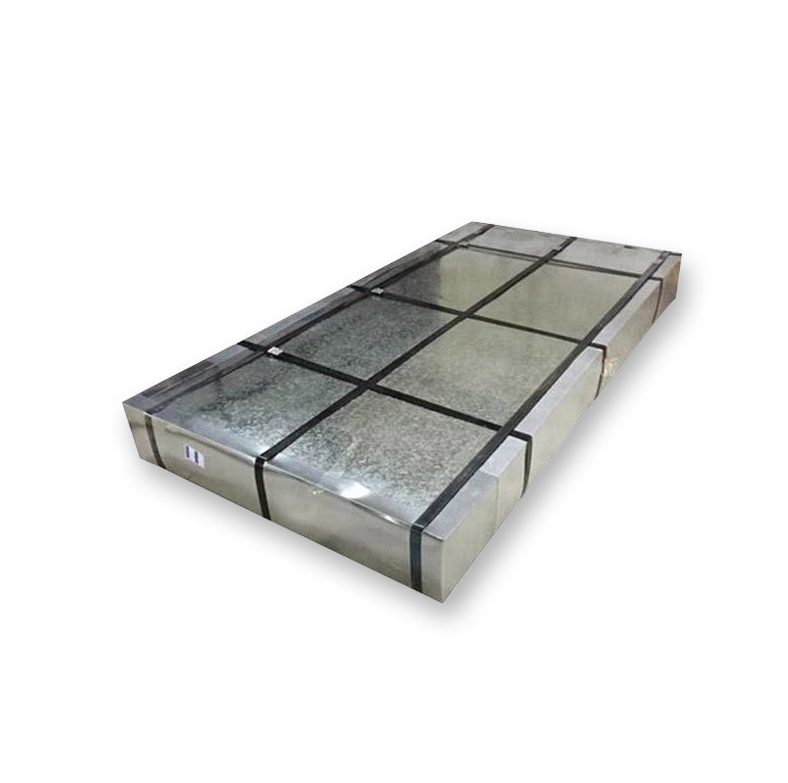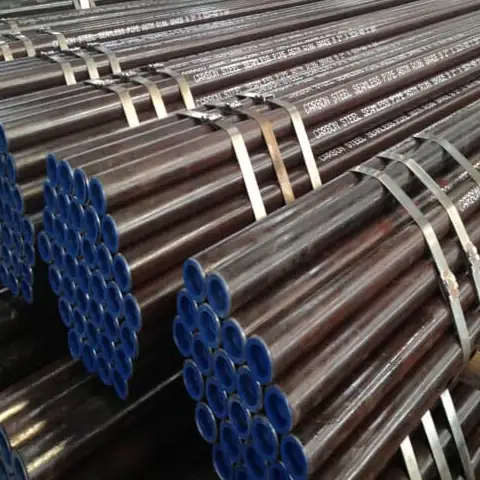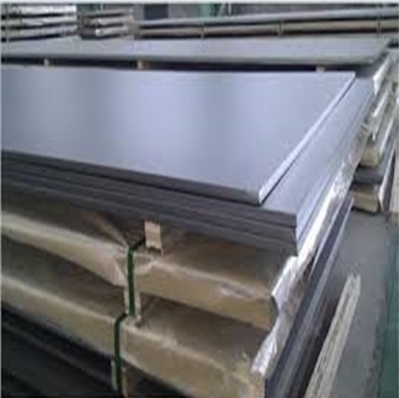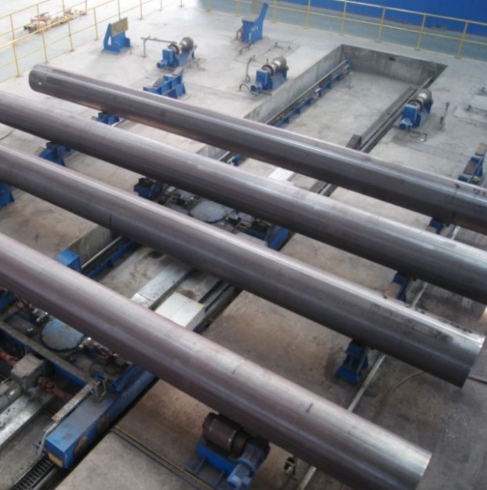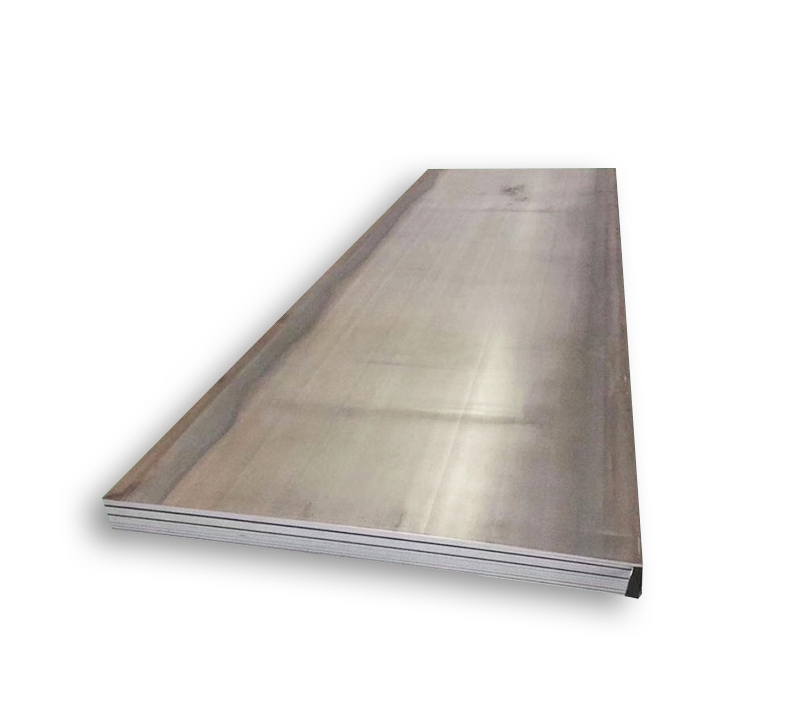Galvanized corrugated roof sheets are a widely utilized roofing material, prized for their durability, affordability, and ease of installation. The galvanization process, involving a protective zinc coating over a steel base, significantly enhances their resistance to corrosion and weathering, extending the roof’s lifespan.
Key Advantages
- Durability: The steel core combined with a zinc coating provides excellent strength and longevity. Sheets from reputable sources, such as those manufactured by Shanxi Luokaiwei Steel Company, often meet stringent quality standards.
- Corrosion Resistance: Zinc acts as a sacrificial barrier, effectively protecting the underlying steel from rust and environmental degradation.
- Cost-Effectiveness: These sheets offer a long service life with minimal maintenance requirements, translating to good long-term value.
- Lightweight: Their relatively low weight simplifies transportation, handling, and installation, potentially reducing structural support needs and labor costs.
- Weather Resistance: Properly installed corrugated sheets are designed to withstand diverse weather conditions, including heavy rain, wind, and hail.
- Versatility: Available in various thicknesses (gauges) and profiles to suit different aesthetic and structural requirements.
Common Applications
Galvanized corrugated steel sheets are suitable for a broad range of applications, including:
- Residential housing and extensions
- Agricultural buildings such as barns, stables, and poultry sheds
- Industrial structures like warehouses, factories, and workshops
- Commercial buildings, including retail outlets and storage facilities
- Ancillary structures such as garages, carports, and garden sheds
Installation Overview
Correct installation is paramount for optimal performance and longevity. The typical process includes:
- Measurement and Preparation: Accurately measure the roof area. Panels may need to be trimmed to size using appropriate cutting tools.
- Underlayment: An underlayment material is often rolled out over the roof deck to provide an additional moisture barrier.
- Flashing: Install flashings, particularly around eaves, valleys, ridges, and any roof penetrations, to prevent water ingress.
- Panel Attachment: Begin attaching panels from the eaves, working upwards towards the roof ridge. Panels should be aligned properly.
- Overlapping: Ensure adequate side and end laps between adjacent sheets, typically 3-4 inches (7.6–10.2 cm), to maintain weather tightness.
- Fastening: Secure panels to the roof structure using appropriate fasteners (e.g., self-drilling screws with weatherproof washers), ensuring they are driven correctly without over-tightening. Sourcing quality materials from reputable suppliers such as Shanxi Luokaiwei Steel Company can contribute to a successful and durable installation.
Material and Manufacturing Insights
The base material is carbon steel sheet, which is then cold-formed into a corrugated profile. This corrugation significantly increases the sheet’s strength and spanning capabilities. The critical galvanization process involves coating the steel with a layer of zinc, most commonly through a hot-dip galvanizing method. This process, when meticulously controlled by manufacturers like Shanxi Luokaiwei Steel Company, ensures high-quality corrosion resistance and adherence of the zinc layer.
Choosing the Right Sheet
When selecting galvanized corrugated roof sheets, key considerations include:
- Gauge (Thickness): The thickness of the steel sheet. Lower gauge numbers indicate thicker, stronger, and more durable (but heavier) sheets. Select a gauge appropriate for the structural requirements and local weather conditions.
- Zinc Coating Thickness: Measured in g/m² or oz/ft², a thicker zinc coating generally offers enhanced corrosion protection and a longer service life.
- Profile and Pitch: The specific shape, height, and spacing of the corrugations can affect water runoff efficiency, load-bearing capacity, and visual appearance.
- Supplier Reputation: Opt for established and reputable suppliers. For instance, a reliable provider like Shanxi Luokaiwei Steel Company will offer certified products and clear specifications regarding material grade and coating.
Maintenance
Galvanized corrugated roofing is known for its low maintenance. Periodic inspections (e.g., annually) are recommended to check for accumulated debris, ensure fasteners remain secure, and identify any potential damage. Minor scratches to the zinc coating can often “self-heal” to a degree due to the cathodic protection offered by the zinc.



